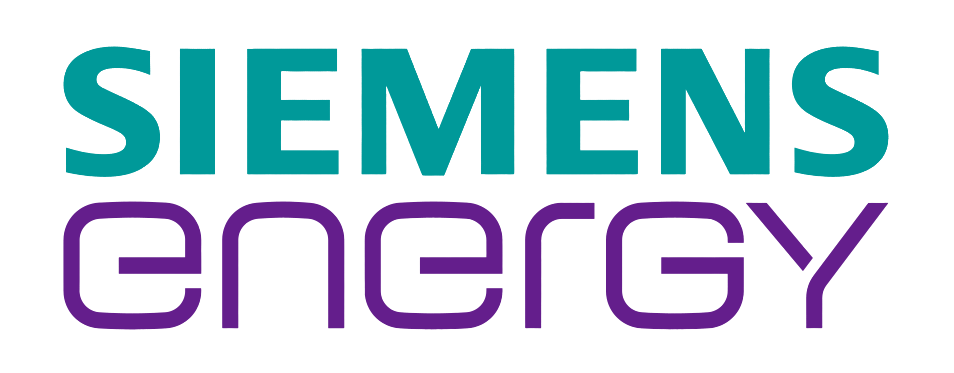Basic Overview of Carbon sequestering
Carbon capture utilization and storage (CCUS) is a term that refers to a group of technologies that can help achieve a variety of global energy and climate goals. CCUS entails the extraction of CO2 from large point sources such as power plants or from industrial facilities, which run on fossil fuels and biomass. CO2 can also be directly extracted from the atmosphere. If the CO2 is not used on site then the gas is compressed and transferred using a pipeline or other means to be used in a variety of applications. The CO2 is stored via injection of the gas deeply into geographic formations such as depleted oil and gas reservoirs or saline formations.
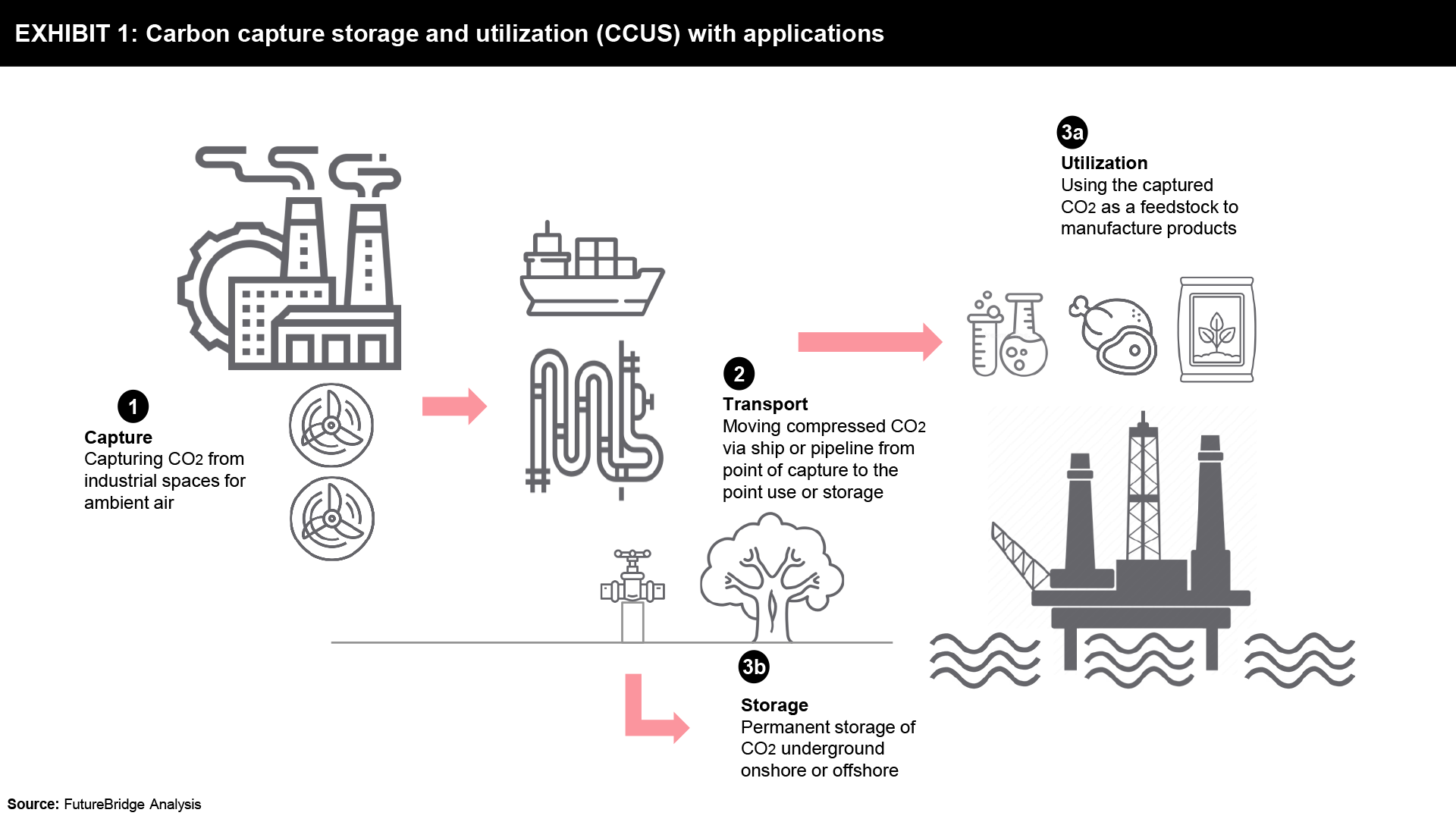

Only by deploying a comprehensive portfolio of technologies including alternative energy sources, energy-efficient systems, and carbon capture utilization and storage measures an effort to limit CO2 concentration in the atmosphere. Despite the development of systems lowering CO2 emissions
Carbon dioxide emission and solution
Carbon capture technologies are an innovative and essential approach to reducing carbon dioxide emissions. 33,621 MMT of CO2 is emitted on a global level which requires much more attention than just developing green alternatives to fossil fuels and preventing emissions. The global temperature is rising by 1.5ºC.
Various CO2 reduction methods and technologies have been proposed by governments, industry leaders, and scientific institutes as a part of efforts to minimize global warming. One of them is CCUS which is a technology-driven mitigation alternative that turns CO2 from the exhaust into value-added goods. The CCU-based system complements CCS pathways and provides additional benefits. However, owing to its low sequestered levels compared to storage and the massive volume of CO2 needed to satisfy climate change targets, it is not a viable alternative to CCS.
As a result of the COVID-19 crisis, the progress on CCU research, development, and deployment initiative may be hampered due to subsequent economic slowdown, which may suspend funding and investments in the technology. Several questions have been raised about the long-term viability of CCU project investment including resilient government policies and how ambitious they are in completing long-term recovery plants that incorporate mitigation projects and respond to global climate change challenges.
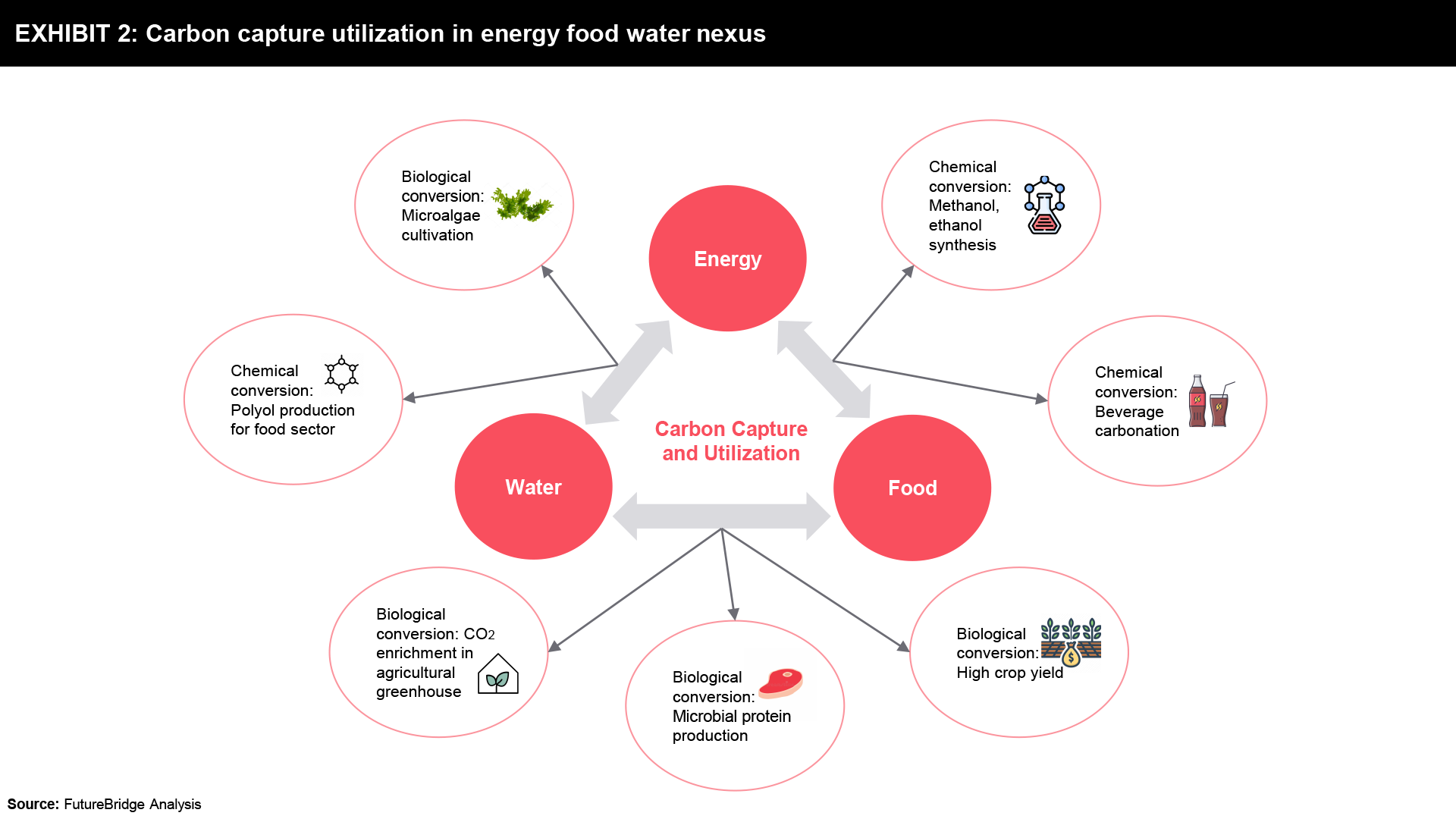

Carbon capture and utilization technologies
There are a lot of carbon capture enterprises out there. Though only a few can absorb carbon and transform it into a useful by-product. Because of the development of the new technique known as direct air capture (DAC), the number of carbon removal has surged since 2015. The capacity of this new technology to only catch extra carbon dioxide but also to put it to greater use elsewhere is a bigger advantage. Companies are repurposing carbon into carbonated water, beverage carbonation, algae cultivation, alternative meat production, and production of polymers utilizing DAC and other technologies.
The innovative start-up Novonutrients converts untreated flue gas from industrial emission into ‘Novomeal’ a fish food protein that could eventually replace more than 400 Bn tiny fish required to feed their larger aquatic counterparts each year. This conversion of carbon dioxide into fish food is only one example of how carbon removal companies are attempting to become commercial.
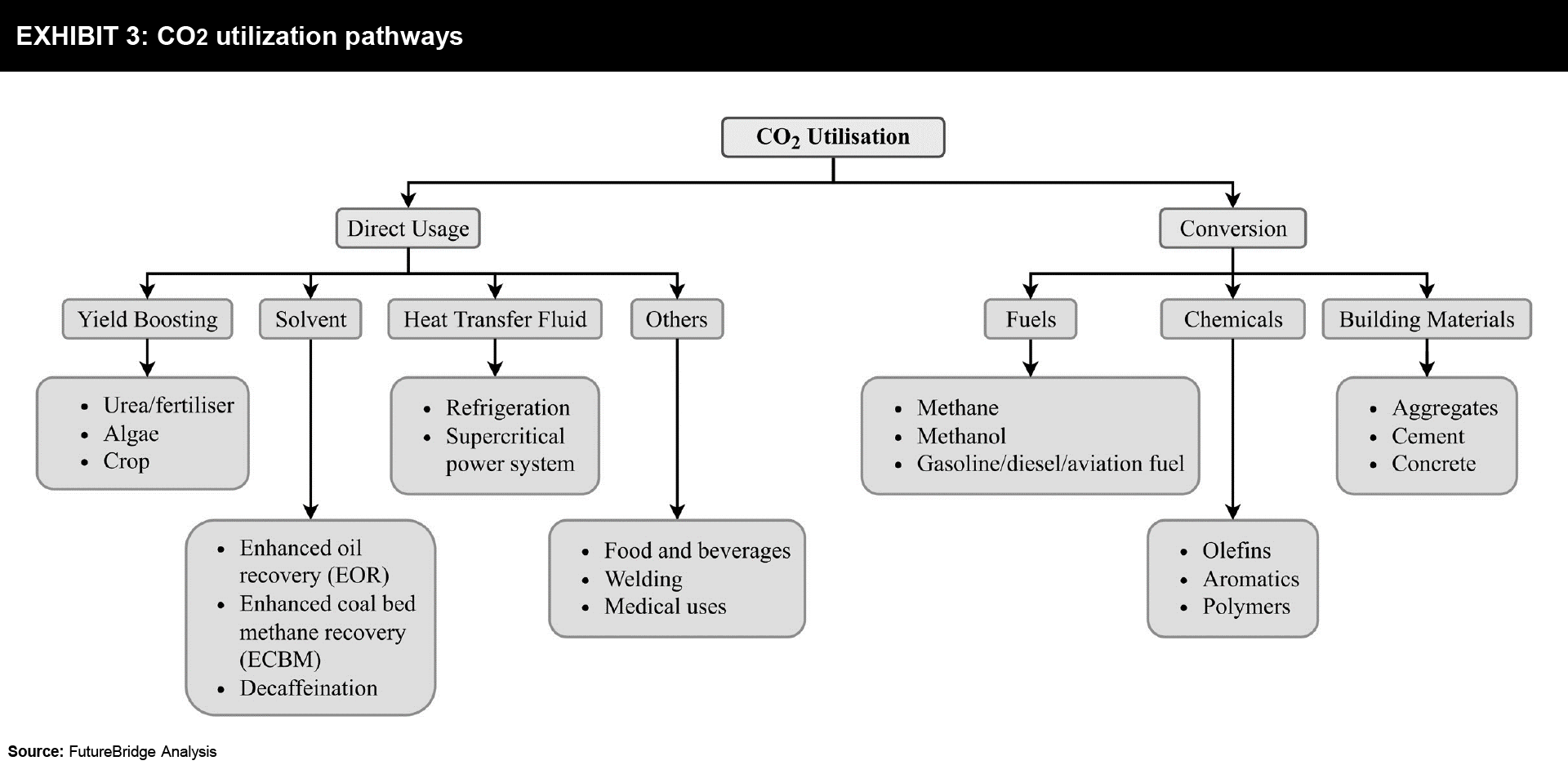

Direct air capture (DAC) technology has the advantage of combating climate change while also reviving the economy.
Climeworks is a Swiss company that employs devices that chemically adhere carbon dioxide to a filter and release clean air into the atmosphere. The captured CO2 can be used for various applications including beverage carbonation. The trapped CO2 is converted into fizz used for bottled water and soda. VALSER a Coca-Cola subsidiary is the first player who started using Climeworks’s captured carbon for beverage and water carbonation. Climework is praised by the company spoke people for assisting them in reducing their carbon footprint and environmental impact.
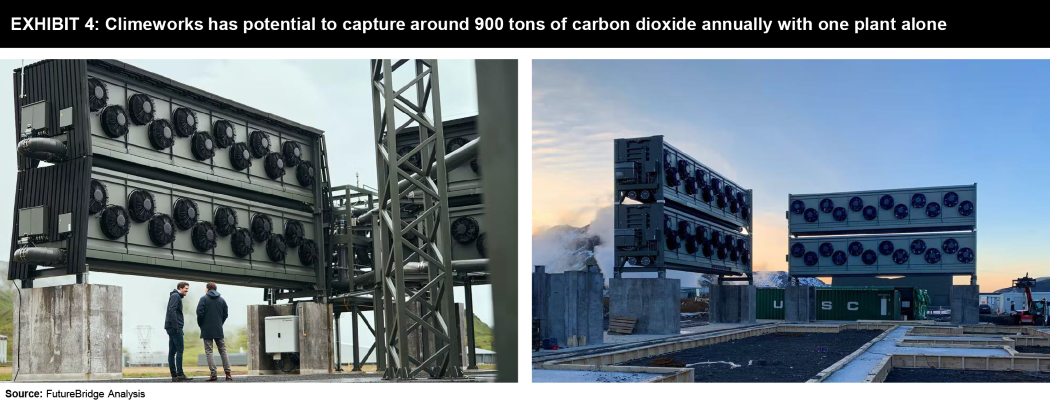

While selling carbonation in fizzy water is a wonderful start, Climework recognized that its technology gas has greater potential and the start-up hopes to lower the cost of CO2 captured to the point source where individuals can pay to have their carbon emission offset. The company aims to create its location-based travel app that allows users to pay the company to offset the carbon footprint of each flight they take and the company wants to expand its DAC capacity in Iceland.


Recent developments in the carbon sequestering segment
- In May 2022, LanzaTech partnered with Danone, Obtained a method to produce sustainable PET bottles from captured carbon.
- In July 2021, NASA-based technology is being used to turn carbon dioxide into food and bio-based products by a start-up called Kiverdi.
- In May 2022, Silver Fern Farms launched ‘Net Carbon Zero Beef’.
- In March 2022, Danish carbon capture start-up Algiecel received funding for a photobioreactor that uses CO2 waste to produce products such as omega-3 oils, protein, and biomass for food products.
References
- Novel Carbon Dioxide Utilization Technologies: A Means to an End
- Analysis for Carbon Capture, Utilization and Storage
- Capture of CO2and Water While Driving for Use in the Food and Agricultural Systems
- A review of carbon capture and utilization as a CO2abatement opportunity within the EWF nexus
- Climeworks
- Novonutrients
Need a thought partner?
Share your focus area or question to engage with our Analysts through the Business Objectives service.
Submit My Business ObjectiveOur Clients
Our long-standing clients include some of the worlds leading brands and forward-thinking corporations.
- © 2021 Cheers Interactive (India) Private Limited. All rights reserved. FutureBridge ® is a registered trademark of Cheers Interactive (India) Private Limited.































